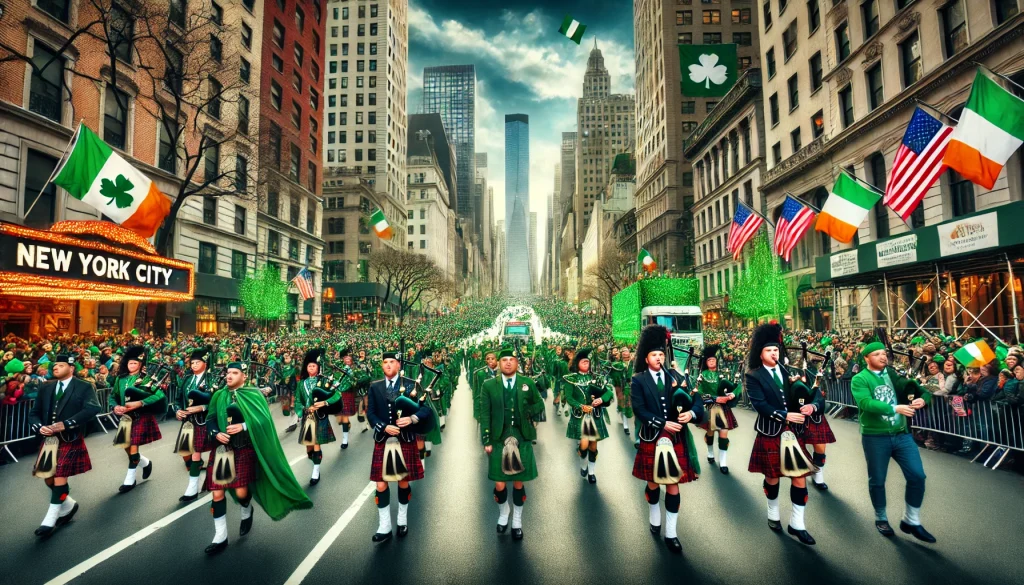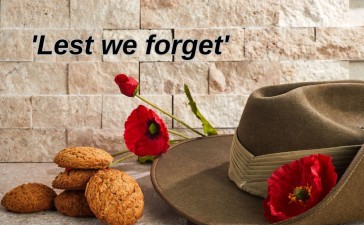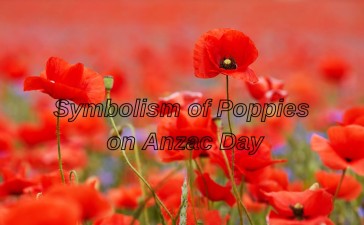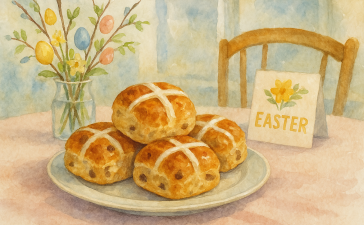St. Patrick’s Day, celebrated annually on March 17th, has evolved from a solemn religious observance into a vibrant global celebration of Irish culture, heritage, and traditions. What began as a feast day commemorating Ireland’s patron saint has transformed into an international phenomenon, marked by parades, festive gatherings, and a sea of green attire.
The Origins of St. Patrick’s Day
The holiday honors Saint Patrick, a 5th-century Christian missionary who played a pivotal role in converting Ireland to Christianity. Born in Roman Britain around 385 AD, Patrick was kidnapped at age 16 and taken to Ireland as a slave. After escaping and returning to his family, he later felt called to return to Ireland as a missionary. Through his work, he established monasteries, churches, and schools across the country, becoming an integral figure in Irish Christian history.
Legend has it that St. Patrick used the three-leafed shamrock to explain the Holy Trinity to the Irish people, making this humble plant one of the most recognizable symbols of both the saint and the holiday. He is also credited with driving snakes from Ireland, though scientists believe the island never had snakes due to its isolation from mainland Europe.
Religious and Cultural Significance
Originally, St. Patrick’s Day was a religious feast day observed by the Catholic Church, marked by church services and a temporary lifting of Lenten restrictions on food and alcohol consumption. This brief respite from Lenten fasting contributed to the holiday’s eventual association with celebratory drinking and feasting.
In Ireland, the day remained primarily religious until the 1970s, with pubs legally required to close on March 17th until 1970. The day traditionally began with families attending church services, wearing sprigs of shamrock, and gathering for a special meal.
Global Spread and Modern Celebrations
The internationalization of St. Patrick’s Day largely began with the Irish diaspora, particularly in the United States. As Irish immigrants settled across the globe, they brought their traditions with them, adapting and expanding celebrations to share their cultural heritage with their new communities.
The first St. Patrick’s Day parade wasn’t held in Ireland but in New York City in 1762, when Irish soldiers serving in the British army marched through Manhattan. Today, New York’s parade remains the largest St. Patrick’s Day parade globally, with over 150,000 participants and millions of spectators.
Cities worldwide now participate in unique celebrations. Chicago dyes its river green, Sydney’s Opera House is illuminated in emerald lighting, and even small towns host their own festivities. The holiday has transcended its Irish roots to become a celebration of spring and community spirit.
Green Everything -Happy St. Patrick’s Day
Modern Celebrations and Traditions
Today’s St. Patrick’s Day celebrations incorporate both traditional and contemporary elements:
Green Everything: The wearing of green has become virtually mandatory. Originally associated with Saint Patrick’s use of the shamrock, green has become the day’s defining color, with people wearing green clothing, accessories, and even green face paint.
Traditional Foods and Drinks: Food plays a central role in celebrations. Traditional Irish dishes like corned beef and cabbage, Irish soda bread, colcannon (mashed potatoes with cabbage), and shepherd’s pie are popular choices. Guinness, Irish whiskey, and green beer have become standard beverages for the occasion.
Parades and Festivals: Communities organize parades featuring marching bands, floats, and performers. These events often showcase Irish dance, music, and cultural demonstrations.
Music and Dance: Traditional Irish music and step dancing performances are common features of celebrations. Many venues host céilís (traditional Irish social gatherings with music and dancing) or modern interpretations featuring Irish bands and dancers.
How to Celebrate St. Patrick’s Day
Whether of Irish descent or not, there are numerous ways to participate in St. Patrick’s Day festivities:
1. Learn About Irish Culture: Take time to explore Irish history, literature, or learn a few words of the Irish language.
2. Attend Local Events: Many communities host family-friendly celebrations, including parades, festivals, and cultural exhibitions.
3. Cook Traditional Dishes: Try preparing authentic Irish recipes at home, gathering friends and family for a festive meal.
4. Enjoy Irish Arts: Listen to traditional Irish music, watch Irish films, or attend performances of Irish dance.
5. Create Family Traditions: Start your own celebrations by incorporating elements that resonate with your family, whether it’s making shamrock crafts with children or hosting an annual gathering.
The Spirit of the Holiday
While St. Patrick’s Day has become synonymous with revelry and green beer for some, its essence lies in celebrating community, heritage, and the welcoming spirit of the Irish people. The holiday serves as a reminder of how cultural traditions can adapt and flourish across borders while maintaining connections to their roots.
As March 17th approaches each year, millions worldwide, regardless of their heritage, come together to celebrate the unique contributions of Irish culture to global society. Whether through solemn reflection, joyous celebration, or a combination of both, St. Patrick’s Day continues to evolve while honoring its rich historical and cultural foundations.
Want to learn more?
- Find out more
- Launch Pad + Accelerator Expressions of Interest
- Selling and Licensing Your Art & Designs Around the World with ArtSHINE.
We’re here to help you to take action, just like we’ve helped thousands of other entrepreneurs, business owners, and creative professionals all around the globe.
Now is the time to let your passion SHINE.
Now is the time to Make Tomorrow Today!
To your success, Vinh Van Lam and Stuart Horrex Cofounders
ArtSHINE.com







